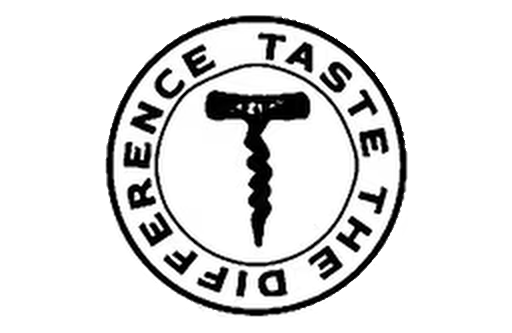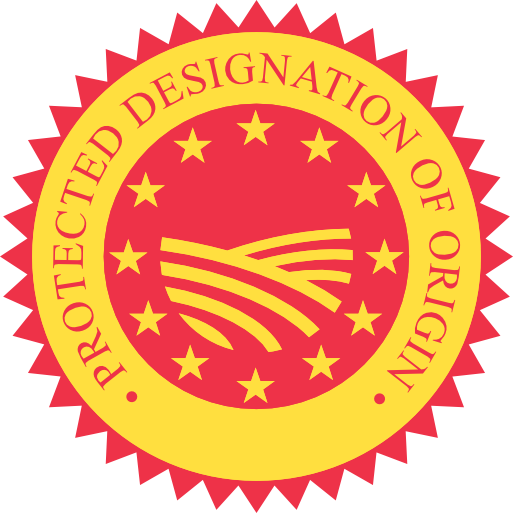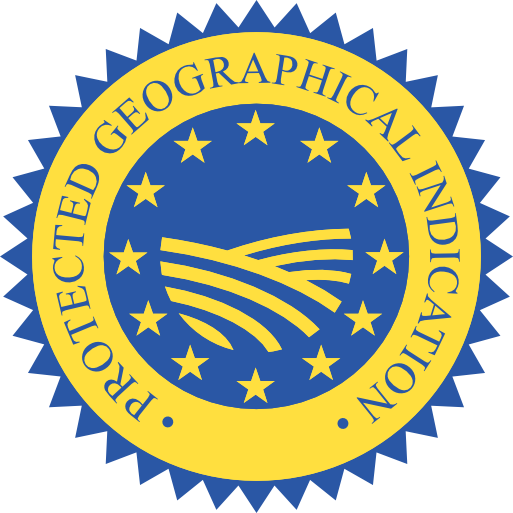PDO Terra Alta
Website: www.doterraalta.com
History:
The Regulatory Council manages the “Terra Alta” designation of origin. It was set up as a decentralised Catalan Government agency following the official recognition of the “Terra Alta” DO in 1982. Then under the Wine Regulation Act 15/2002 of 27 June, in 2005 the Regulatory Council was given full legal capacity to carry out its duties and was re-established as a public-law corporation.
The Regulatory Council always emphasises the values of the terroir, the vineyards and the culture that define a designation of origin. It combines private and public management to represent, uphold, protect and promote the “Terra Alta” DO to drive the wine industry’s growth in the production area and make sure “Terra Alta” wines are appreciated by consumers of fine wines.
Description:
TALE OF TERRA ALTA: PAST, PRESENT AND FUTURE.
The southernmost wine-growing area of Catalonia is located between the river Ebro and the lands of Matarranya (Aragó). Border and ancient area where the Templars already cultivated the vineyard there for the thirteenth century.
Winds of Cerç and Garbí (Mistral winds) stroll through the limestone mountains and forests of holm oak and white pine while airing fields tinged with almond, vine and olive trees, which make this land seen by many as the Catalan Tuscany.
Provisionally recognized as a Denomination of Origin since 1972, Terra Alta is one of the seven historical denominations of origin in Catalonia. Its geographical location, with a high landscape value, has been recognized by UNESCO as a Biosphere Reserve. A privileged area to obtain a healthy, ripe and with character grapes, with a viticulture that respects the environment and with the production of a grape with its own identity.
A spectacular landscape. Inland Mediterranean with vineyards that reach up to 500 meters above sea level. This Mediterraneanness of the terroir marks the character of the wines, wines that are fine and distinguished by their strength and character: A Terra Alta is rooted in calcareous soils, grows with the Mediterranean Sun and is made with care.
Passion, humility and effort at work are the defining traits of the producers of the DO Terra Alta. 1,400 winegrowers who cultivate around 5,500 hectares of vineyards of varieties such as Macabeo, Parellada and Samsó. But if there is one real protagonist, it is without a doubt Grenache. Whether white, black or hairy, Grenache is the variety that best achieves in these Mediterranean lands all its splendour in aromas, character, personality and nuances.
Already in the 17th century there are witnesses who record a plantation of Mossèn Onofre Català in Gandesa called Vernatxa. Nowadays, 33% of the world’s Grenache is grown in the Terra Alta, a percentage that represents 75% of the production in Spain and 90% of the Grenache in Catalonia.
So, it is not surprising that Terra Alta is one of the few regions in world viticulture where it is possible to find an extensive range of varietal wines from this winery that has earned them a specific guarantee badge: Terra Alta Grenache White.
A know-how based on tradition and authenticity, without renouncing the most modern production techniques make the Terra Alta Designation of Origin grow day by day in order to offer the world its treasures, many of them still, to find out!
Now is the time! Come and discover the soul of white Grenache!
NUMBER OF WINERIES:61
SURFACE AREA (acres): 14.944,93 acres
PRODUCTION VOLUME: 300.00HL i 8,2 million bottles
MAIN VARIETY (TOP3): White Grenache, Grenache Noir, Carignan
TERRITORY (TYPE OF SOIL, LANDSCAPE):
The production and processing area of DO Terra Alta (DOTA) is in the southern part of Catalonia between the River Ebro and the border with Aragon. It takes in the 12 towns in the county of la Terra Alta.
Its landscape retains all the characteristic features of an inland terroir close to the Mediterranean: pre-coastal limestone ranges (Ports d’Horta, Pàndols and Cavalls), small rivers (the Algars and the Canaletes), mountains of conglomerate rock, holm oak and white pine forests, and most of all agricultural soils painted with typical Mediterranean crops: almond trees, vines and olives.
Three clearly separate landscape features of agricultural interest can be added to this structure: la Plana, l’Altiplà and les Valls.
FEATURES:
-
Crop soils generally have medium textures. Their common denominator is their richness in limestone, and they are low in organic matter
-
The TADO’s catalogue of soils classifies up to 17 profiles, including el Panal
-
Another trait of its inland Mediterranean identity is its climate, with lots of sunshine and little rainfall.
-
Two special features stand out: a distinctive balance between the two dominant winds, the Cerç (north-westerly) and the Garbinades (strong southerly winds off the sea), and cold winters which give it a continental touch.



